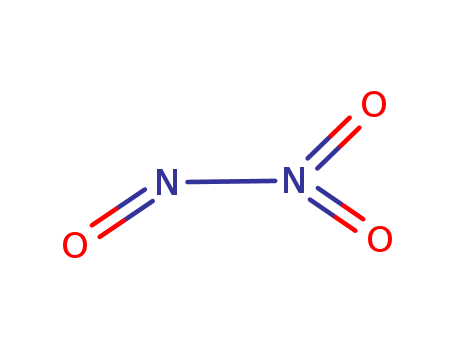- Chemical Name:Dinitrogen trioxide
- CAS No.:10544-73-7
- Deprecated CAS:16529-92-3,51974-74-4,91913-71-2,96607-26-0,51974-74-4,91913-71-2,96607-26-0
- Molecular Formula:N2O3
- Molecular Weight:76.0116
- Hs Code.:
- European Community (EC) Number:234-128-5
- UN Number:2421
- UNII:16E0524PXI
- DSSTox Substance ID:DTXSID7065120
- Wikipedia:Dinitrogen trioxide
- Wikidata:Q407833
- Mol file:10544-73-7.mol
Synonyms:dinitrogen trioxide;nitrogen trioxide;nitrous anhydride






